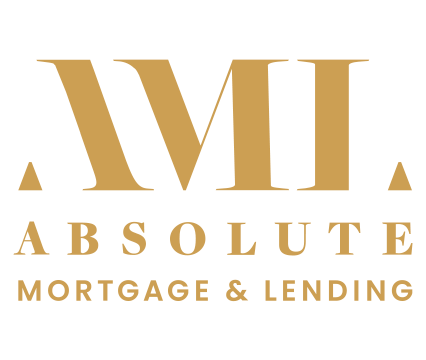
Debt to Income
When you are offered a “rate lock” from a lender, it means that you are guaranteed The ratio of debt to income is a formula lenders use to determine how much money is available for your monthly home loan payment after all your other recurring debt obligations have been met.
How to figure the qualifying ratio
Usually, conventional mortgage loans need a qualifying ratio of 28/36. FHA loans are a little less restrictive, requiring a 31/43 ratio.
In these ratios, the first number is how much (by percent) of your gross monthly income that can go toward housing costs. This ratio is figured on your total payment, including hazard insurance, HOA dues, Private Mortgage Insurance – everything.
The second number in the ratio is what percent of your gross income every month that can be applied to housing expenses and recurring debt. Recurring debt includes credit card payments, vehicle payments, child support, and the like.
For example:
- A 28/36 ratio
- Gross monthly income of $2,700 x .28 = $756 can be applied to housing
- Gross monthly income of $2,700 x .36 = $972 can be applied to recurring debt plus housing expenses
With a 31/43 (FHA) qualifying ratio
- Gross monthly income of $2,700 x.31 = $837 can be applied to housing
- Gross monthly income of $2,700 x .43 = $1,161 can be applied to recurring debt plus housing expenses







 © 2016 – 2023 Absolute Mortgage & Lending NMLS# 1910591
© 2016 – 2023 Absolute Mortgage & Lending NMLS# 1910591